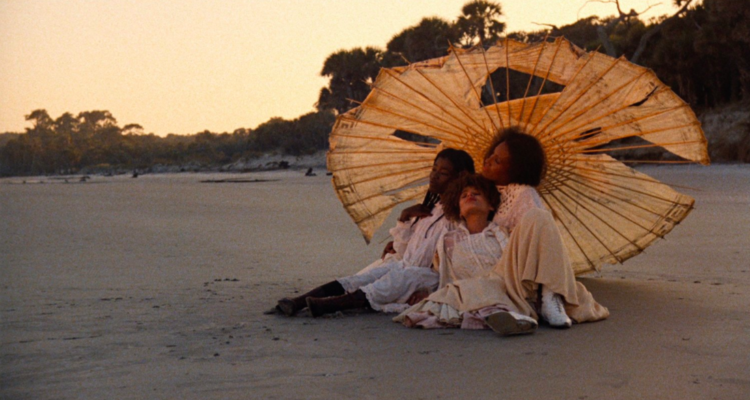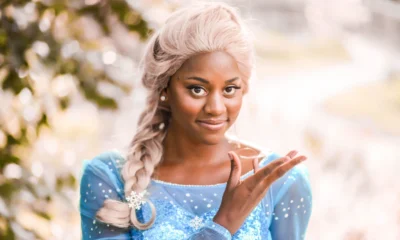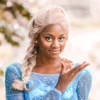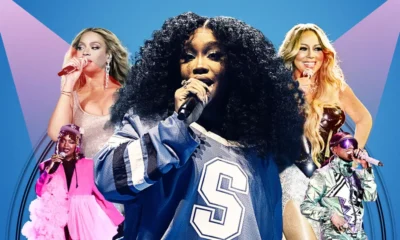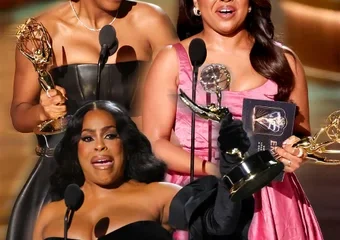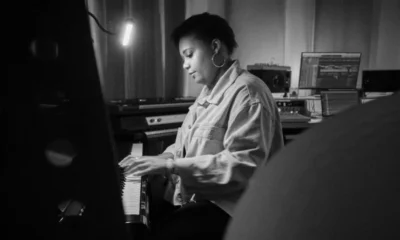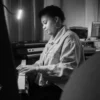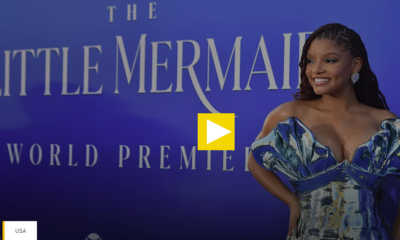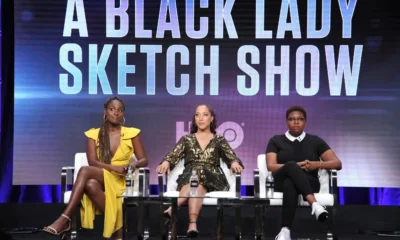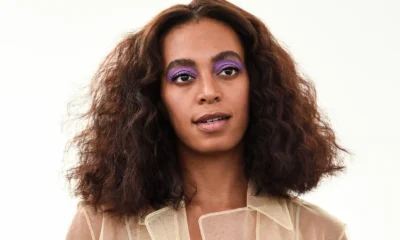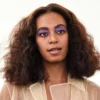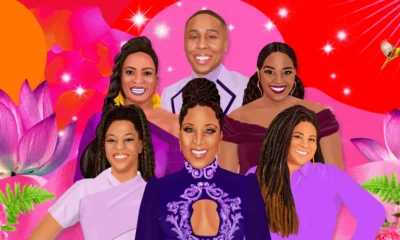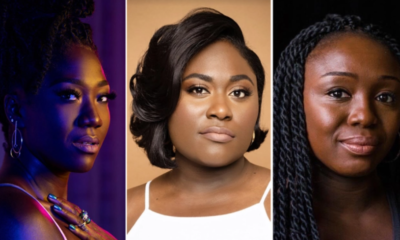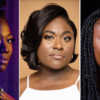Black Women in Entertainment
The Miracle of Julie Dash’s ‘Daughters of the Dust’
I must admit that when I watched Julie Dash’s groundbreaking film Daughters of the Dust when I was in college, I found it difficult to grasp, and I didn’t understand it. A decade later, as a black woman who loves cinema, especially black independent cinema, this is a fact that I am embarrassed to admit. But fast forward to a recent Los Angeles screening celebrating the twenty-fifth anniversary of the film’s theatrical release I understood for the first time why I had this experience. Much like Dash’s “griot structure” for the film it demands to be viewed in a communal setting in order to be fully grasped, fully felt. In a packed theater of mostly Black women spanning multiple generations, we giggled and talked back to the screen. We soaked in the lush blues and greens of the world of the Gullah island setting.
The character Haagar Peazant gives a timeless monologue that is still relevant to many Black women today:
“I’m a fully grown woman and I don’t have to mind what I say…I done born five children into the world and put two in the grave alongside they Daddy. I worked all my life and ain’t got nothing to show for it, and if I can’t say what’s on my mind, then damn everybody to hell!”
Haagar’s words sound like the Gullah Geechee precursor to the Beyonce-ism “I’m a grooown woman. I can do whatevah I want.” Dash’s stunning film marks a purposefully non-linear kind of storytelling created to mirror the Gullah Geechee culture of her characters. In community, I could relax and settle into the film’s circular rhythm.
It is nourishing to see images of Black women caring for one another on and off screen. I was only in second grade when Dash shot the film in 1989, but Dash’s film feels timeless and relevant for a new generation of filmgoers, Black women who often don’t live in a world as joyful and affirming as the Island of Dawtuh yet are determined to live life out loud, on our own terms. In the quiet glory of Nana Peazant’s facial expressions, the carefully framed shots of dark-skinned Black female bodies against a blue sky, Daughters reminds us that film can be medicinal.
Indeed, at the talkback after the screening Dash told filmmaker Ava Duvernay:
“My goal is to always try to do something about feeling better about ourselves, to move us forward…To say we matter.”
The conversation between Dash and Duvernay that followed the screening only added to the palpable joy in the theater that night. When they talked, it felt like they were like two sisters sitting on a stoop braiding each other’s hair. At times Duvernay was like a daughter asking a motherly Dash for advice. They were also just two colleagues talking shop as equals.
Like the adorable moment when Ava pointed out that it “wasn’t that long ago” that Dash made history by being the first Black women to have a major theatrical release of a film with Daughters, and without missing a beat Dash alley-ooped: “it was like a wrinkle in time,” prompting a fist bump from Ava and laughter from the audience for the callback to her highly-anticipated upcoming film.
Or when we cackled and nodded after Queen Ava kicked things off by asking the audience “Don’t you just want to sit around on the beach in a white dress and talk about men?”
Indeed Ava. Indeed.
Like everyone who admires Dash, I can’t help but wonder what she could have done given access to the same opportunities and resources someone with her enormous talent and potential deserved. But when I look at Dash’s body of work, I honestly find her pretty miraculous. I marvel at the kind of resilience she had when her professors and industry gatekeepers repeatedly told her not to make the films she wanted to make and that she was crazy for thinking she could make films like hers in the first place. Yet she never stopped writing or making work even though the white patriarchal Hollywood system extended fewer opportunities to her than her Sundance counterparts.
Please read original article-The Miracle of Julie Dash’s ‘Daughters of the Dust’



